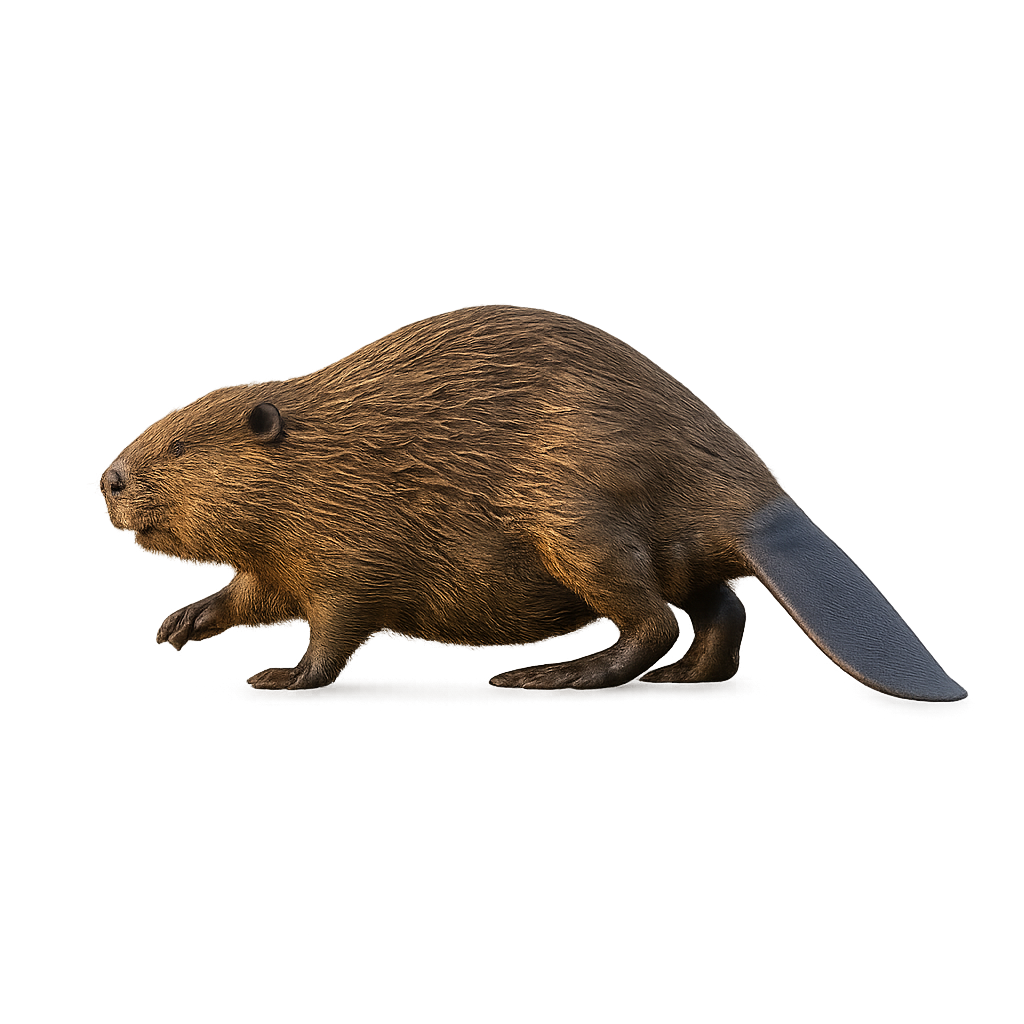Observe and photograph a species in its natural habitat
Learn where and when to observe a species in the wild, how to recognize it in the field, and what habitats it lives in. Get photography tips adapted to its behavior and capture stunning images without disturbing the animal. For full details, open the complete profile in the WildlifePhotographer app.
Eurasian Beaver
Scientific name: Castor fiber

IUCN Status: Least Concern
Family: CASTORIDAE
Group: Mammals
Shyness: Suspicious
Safe distance: 30 m
Breeding season / Courtship: 15.01-15.03
Gestation: 105-110 jours
Births: 01.04-31.07
Habitat:
Rivers, lakes, and wetlands
Description:
The European Beaver is a large, semi-aquatic rodent renowned for its exceptional ability to alter its environment. This rodent is easily identifiable by its brown fur, large orange incisors, and flat, scaly tail. It primarily inhabits rivers, lakes, and wetlands, where it builds dams to create ponds and wetlands that serve as refuges. The European Beaver is an excellent swimmer, capable of staying underwater for several minutes to move or escape danger.
It feeds mainly on bark, roots, and young tree shoots. In addition to its ability to modify waterways, the European Beaver plays a crucial role in the ecosystem by promoting the regeneration of wetland areas, which benefits many other animal species. Although its population was historically threatened by hunting and habitat loss, conservation efforts have stabilized its numbers, and the species is now protected in many regions.
Recommended lens:
>=400 mm
Photography tips:
Approach slowly and discreetly, using a telephoto lens to capture images from a distance, as the beaver is a discreet animal that can easily be disturbed by a noisy approach.
Photograph early in the morning or late in the afternoon, when the light is soft and the beaver is more active, often building dams or foraging near rivers and ponds.
Capture moments of natural behavior: The beaver is often observed cutting trees or swimming. Wait for moments when it is visible in its natural environment without disturbing its activities.
Be patient and respectful: The beaver can spend a lot of time submerged in water or working. Be silent and wait for it to show itself without disturbing its activities.
The European Beaver is a species of minor concern, but it is important to respect its natural habitat, including rivers and forests. Do not disturb its construction or foraging behaviors, and follow local conservation rules to preserve this species and its aquatic habitats.
Ready to take action?
Choose your platform and start your free trial today



